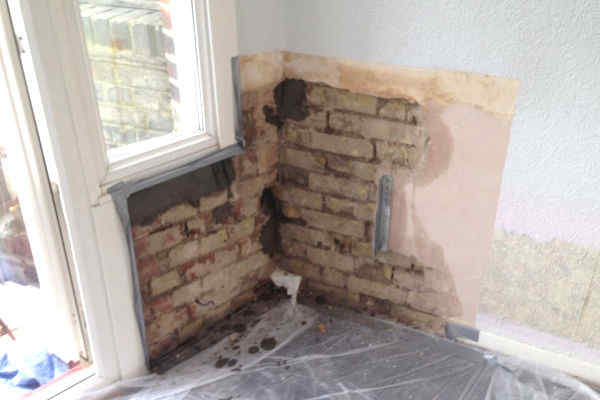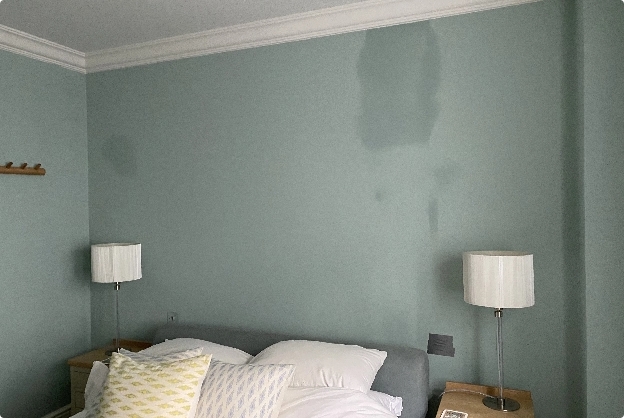Damp Vs Mould: Key Differences Explained
Moisture levels are high in the UK, largely thanks to the wet climate we have, especially in London and the southeast. In this short article, we take an in-depth look at the key differences between damp and mould to help London homeowners gain a deeper understanding of moisture issues.
What is damp?
Dampness is cause by excessive moisture that eats away at brickwork, masonry, mortar, plaster and timber, which can cause significant damage to property. If you suspect that damp is present in your home, you can arrange for a qualified surveyor from London Damp Specialists to assess whether or not damp issues are affecting your property.
Rising & penetrating damp
These are the two types of damp and the difference is the source of the moisture; rising damp comes from the ground, while penetrating damp can affect a building at any location. Both forms of damp will penetrate building materials, causing a great deal of damage as it does.
Mould
Mould and mildew thrive in damp and humid conditions, especially window sills that have condensation forming on a regular basis. One sign that mould is present is a musky smell in the house and if you notice that, you need a damp proof specialist to assess the situation; mould growth can be found on walls, ceilings and timber window and door frames. Mould is actually a fungus that thrives in damp and humid environments and as a homeowner, you should keep your eyes open, looking for mould and mildew growth.
Identifying the source of the moisture
When you notice signs of dampness, it is imperative to find the source, which could be compromised DPC membrane, water entering external walls or even a leaking roof. There isn’t much point in treating the damaged materials if the source is unknown, as the problem will continue to arise. Our homebuyer survey is designed to provide you with a detailed report on the building and if we recommend remedial work, a quote is included with the survey.
The importance of good ventilation
Mould is caused by the presence of moisture and creating good ventilation is necessary to remove excess moisture from the air. This can be a combination of natural ventilation with open windows and extractor fans; when you take a hot bath or shower, open the windows until the condensation dissipates. Of course, people are reluctant to open their windows, as they lose the valuable heat, yet a few times a week, it is wise to generate an airflow which will help to dry out the air. At London Damp Specialists, we offer a ventilation flow test as part of a complete damp survey, which is designed to identify the cause of damp, mould and mildew.
To summarise, damp causes mould and mildew, as neither can arise without a damp and humid atmosphere; if you would like to have your home checked for damp and mould, call London Damp Specialist on 020 8528 3864 or fill in the online form on our website.

